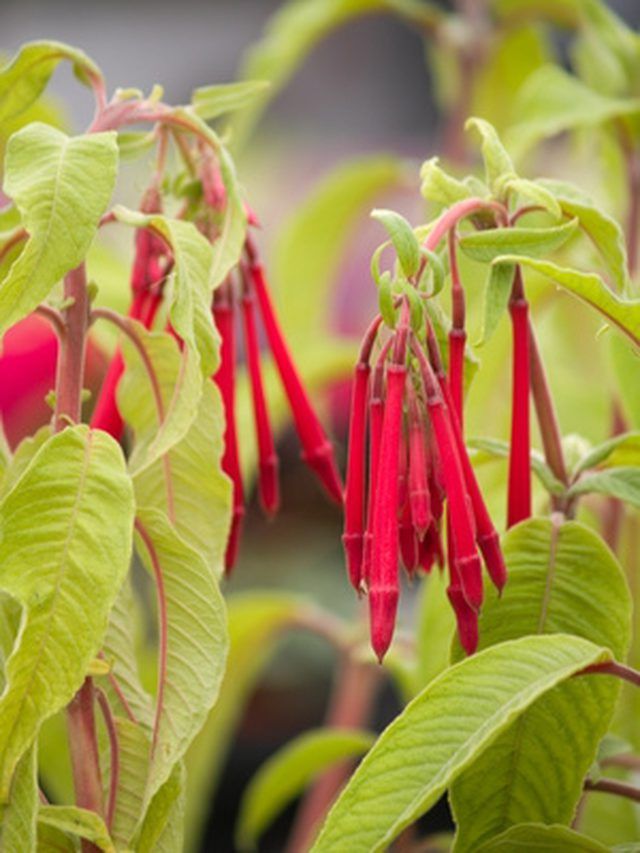Bulbs
Flower Basics
Flower Beds & Specialty Gardens
Flower Garden
Garden Furniture
Garden Gnomes
Garden Seeds
Garden Sheds
Garden Statues
Garden Tools & Supplies
Gardening Basics
Green & Organic
Groundcovers & Vines
Growing Annuals
Growing Basil
Growing Beans
Growing Berries
Growing Blueberries
Growing Cactus
Growing Corn
Growing Cotton
Growing Edibles
Growing Flowers
Growing Garlic
Growing Grapes
Growing Grass
Growing Herbs
Growing Jasmine
Growing Mint
Growing Mushrooms
Orchids
Growing Peanuts
Growing Perennials
Growing Plants
Growing Rosemary
Growing Roses
Growing Strawberries
Growing Sunflowers
Growing Thyme
Growing Tomatoes
Growing Tulips
Growing Vegetables
Herb Basics
Herb Garden
Indoor Growing
Landscaping Basics
Landscaping Patios
Landscaping Plants
Landscaping Shrubs
Landscaping Trees
Landscaping Walks & Pathways
Lawn Basics
Lawn Maintenance
Lawn Mowers
Lawn Ornaments
Lawn Planting
Lawn Tools
Outdoor Growing
Overall Landscape Planning
Pests, Weeds & Problems
Plant Basics
Rock Garden
Rose Garden
Shrubs
Soil
Specialty Gardens
Trees
Vegetable Garden
Yard Maintenance
Care of Firecracker Plants
Care of Firecracker Plants. The firecracker plant, scientifically referred to as Russelia Juncea, is a small, weeping shrub that grows indoors, in greenhouses and outdoors in the warmest areas of the United States. Though the plant itself is evergreen, it blooms three times a year, including late spring/early summer, middle of summer and then late...

The firecracker plant, scientifically referred to as Russelia Juncea, is a small, weeping shrub that grows indoors, in greenhouses and outdoors in the warmest areas of the United States. Though the plant itself is evergreen, it blooms three times a year, including late spring/early summer, middle of summer and then late summer/early fall. The blooms produced range from pale yellow to red in hue and appear as long, funnel-shaped blossoms that attract bees, birds and butterflies.
Things You'll Need
Soil
Water
Herbicide
Use a general purpose potting soil for all firecracker plants. This type of soil retains water, yet is able to drain as needed. Since your firecracker requires a moist surface, this type of soil is best, as opposed to clays or heavily fertilized soils.
Water your firecracker plant on a regular basis. Firecracker plants prefer warm water to meet their tropical needs. Do not over water. The soil should be damp to the touch, but there should never be standing water. During the winter months, slightly reduce the amount of times you water.
Place your plant in an area that is exposed to indirect sunlight for at least six hours every day. For firecracker plants, it's best if the sunlight comes from either the south, east or west.
Keep your firecracker in a greenhouse, if possible. Since the firecracker plant is semi-tropical, it thrives in humid atmosphere with temperatures ranging from 50 to 75 degrees Fahrenheit throughout the year.
Check for bugs that may start feeding on your plant. Mites are the most common bug-related problem for firecracker plants. If you notice them, simply remove them from the plant using a strong spray of water. If the problem becomes worse, use an herbicide.